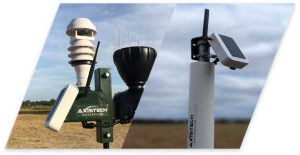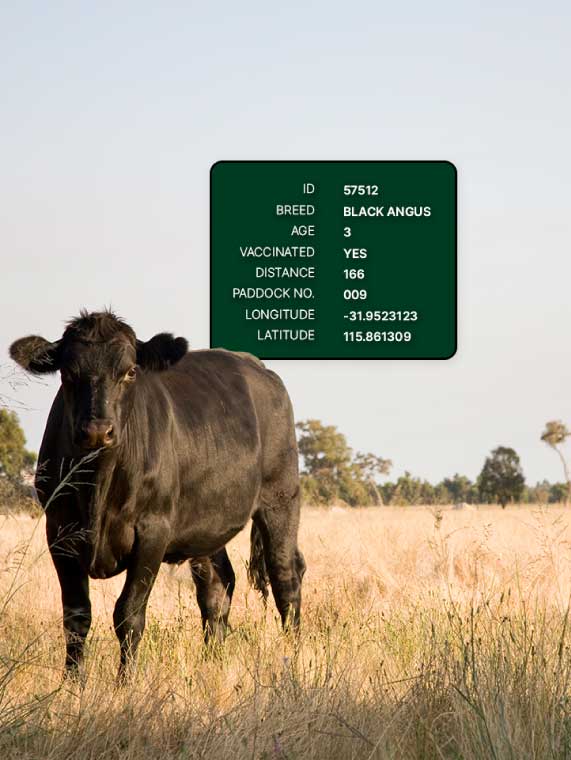In the world of agriculture, data is more than just numbers—it’s the key to unlocking productivity, sustainability, and resilience. From weather patterns to soil health, accurate data provides the foundation for making informed decisions that can have a huge impact on farm operations. When leveraged correctly, data turns challenges into solutions, ensuring that farmers can adapt to climate variability, optimize resources, and maximize yields.
Why Data Matters in Agriculture
Agriculture is inherently complex, influenced by countless variables like weather, soil conditions, pests, and market demands. Without accurate data, farmers are left guessing, often leading to inefficiencies, wasted resources, and missed opportunities. Here’s how data is transforming agriculture:

Why Data Matters in Agriculture
Agriculture is inherently complex, influenced by countless variables like weather, soil conditions, pests, and market demands. Without accurate data, farmers are left guessing, often leading to inefficiencies, wasted resources, and missed opportunities. Here’s how data is transforming agriculture:
-
Weather Data: Predicting the Unpredictable
-
Accurate weather data helps farmers plan planting, irrigation, and harvesting schedules.
-
Real-time weather monitoring and predictive analytics enable proactive responses to extreme events like droughts, floods, or storms.
-
Example: By analyzing historical weather patterns, farmers can identify the best times to plant crops, reducing the risk of crop failure.
-
-
Soil Analysis: Unlocking the Secrets Beneath
-
Soil data provides insights into nutrient levels, pH balance, and moisture content, enabling precise fertilization and irrigation.
-
Regular soil testing helps prevent overuse of fertilizers, reducing costs and environmental impact.
-
Example: Soil sensors can detect nutrient deficiencies, allowing farmers to apply targeted treatments and improve crop health.
-
-
Integrated Data: The Big Picture
-
Combining weather, soil, and crop data creates a comprehensive view of farm operations.
-
Advanced analytics turn raw data into actionable insights, helping farmers optimize resources and improve decision-making.
-
The Challenges of Agricultural Data
While the benefits of data are clear, many farmers face challenges in accessing and utilizing it effectively:
-
Data Fragmentation: Information is often scattered across multiple platforms, devices, or paper records.
-
Lack of Integration: Without a centralized system, data remains underutilized and disconnected.
-
Technical Barriers: Limited access to technology or expertise can hinder data adoption.
How AxisStream Turns Data into Solutions
At AxisStream, we understand the transformative power of data in agriculture. Our platform is designed to address these challenges, providing farmers with the tools they need to harness the full potential of their data.
-
Centralized Data Hub: Consolidate weather, soil, and operational data into a single, easy-to-use platform.
-
Real-Time Insights: Access dynamic dashboards and alerts for immediate decision-making.
-
Custom Solutions: Generate tailored reports and recommendations based on your farm’s unique needs.
With AxisStream, farmers can:
-
Predict weather patterns and plan accordingly.
-
Optimize soil health and crop yields through precise analysis.
-
Reduce costs and environmental impact by using resources efficiently.
The Future of Data-Driven Agriculture
As technology continues to evolve, the role of data in agriculture will only grow. From precision farming to climate resilience, data-driven solutions are paving the way for a more sustainable and productive future.
Ready to transform your farm with data? Contact AxisStream today to learn how our platform can help you turn weather and soil data into actionable solutions for your agricultural operations.

